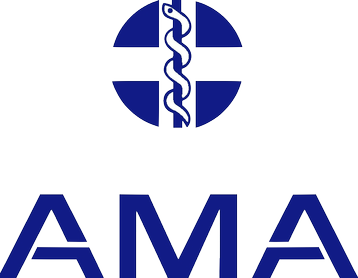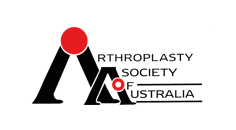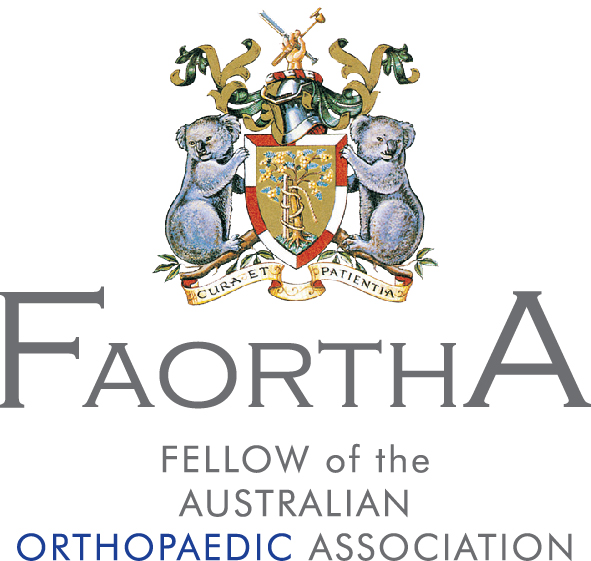Osteoarthritis
A degenerative condition affecting the joints that may be the result of general ‘wear and tear’ over the years. Less commonly it may occur secondary to specific injuries to the affected joint (such as a fracture) or specific conditions causing damage (eg avascular necrosis).
Any joint may be affected though the most commonly affected joints requiring surgery are the hip and knee (it may also occur less commonly in the shoulder or ankle).
Treatment usually involves initially activity modification, physiotherapy, rest as appropriate, joint supports/splints for certain indications and the use of anti-inflammatory medications and pain killers as needed.
If the symptoms progress or do not respond adequately to the above treatments then surgery may be suggested/recommended. The surgery recommended would depend on the joint affected and the severity of the condition to be treated.
The surgical treatments available are:
- Total Joint Replacement
- Unicompartmental (half) Joint Replacement (available for the knee)
- Hemi Joint Replacement (one side of the joint only and sometimes indicated for certain shoulder problems)
- Realignment (osteotomy) procedures
- Arthroscopic (keyhole surgery) procedures may be indicated in specific circumstances.
Inflammatory Arthritis (eg. Rheumatoid Arthritis)
An inflammatory condition that may affect many joints at the same time. It can affect individuals of any age and may in some cases be rapidly progressive. It may as a result present special challenges in treatment.
Treatment usually incorporates the help of a rheumatologist in the non surgical management with anti inflammatory medications, pain killers, ‘disease modifying’ medications (eg methotrexate), and the judicious use of steroid injections to the joints when indicated. Splinting and physiotherapy also play an important role in the management of these conditions.
The surgical treatment usually involves joint replacements or occasionally surgical ‘fusion’ (joint stiffening) procedures in particular circumstances (eg the wrist).
Degenerative Tendon Disorders to the Shoulder
Tendon degeneration may occur in the shoulder and lead to an ‘impingement’ (catching) type of pain. The condition represents degenerative ‘wear and tear’ or may be secondary to an injury to the shoulder tendons (rotator cuff). It may ultimately lead to a degenerative arthritis (cuff tear arthropathy) affecting the shoulder.
Treatment incorporates the use of shoulder specific physiotherapy, anti inflammatory medications and steroid injections when indicated.
When the condition doesn’t settle with these treatments then arthroscopic (keyhole) shoulder surgery may be warranted to remove the inflamed soft tissue (bursa) and prevent the tendons from catching during movement (acromioplasty). The tendons (rotator cuff) may also need to be surgically repaired.
Bunions and Foot Disorders
The foot may become painful around a big toe prominence (bunion) or the lesser toe region (metarsalgia) and lead to problems with footwear and mobility. This problem may be treated with shoewear modifications and orthotics (insoles and supports).
Sometimes, when symptoms don’t settle surgery may become necessary through realigning and correcting deformities of the foot/toes to decrease pain and improve footwear fitting problems.
Sports Injuries
Injuries commonly involve the knee, shoulder and ankle from sporting activities and while many such injuries may heal with the time honoured techniques of ‘Rest, Ice, Compression bandages and Elevation’ some may require treatment with surgery.
Knee
In the knee, meniscal tears (tears of the ‘cartilage’) may cause pain, swelling, ‘locking’/catching and on occasion giving way of the knee. This may require treatment with either repair or removal of the damaged part of the meniscus.
Knee ligament injuries may also occur leading to pain, swelling and giving way. The common ligaments injured are the anterior cruciate ligament and e medial collateral ligament. The medial collateral ligament will frequently heal without surgery though, more often, the anterior cruciate ligament needs surgical management.
Shoulder
The shoulder may also be injured on the sports field and may lead to a dislocated or subluxing (partially dislocated) shoulder joint. This may resolve with rest and physiotherapy, however when recurrent dislocations occur then surgical treatment may become necessary to prevent ongoing shoulder instability.
The biceps tendon may also develop instability and (Slap lesion) causing pain and requiring stabilisation.
Ankle
Most ankle sprains settle down with supportive therapy though on occasion an ankle that frequently ‘gives way’ may require surgery to prevent ongoing instability.
Fractures
Unfortunately with everyday activities, falls, motor vehicle accidents and sporting injuries lead to fractured (broken) bones which may require surgery. Sometimes a plaster is all that is required, however in other situations plates and screws or rods and wires may be indicated to allow the fracture to be ‘set’ so it can heal in the correct position.
Plasters and splints may also be needed after the operation and physiotherapy may be very important in getting the limb back to normal after the fracture has healed.







